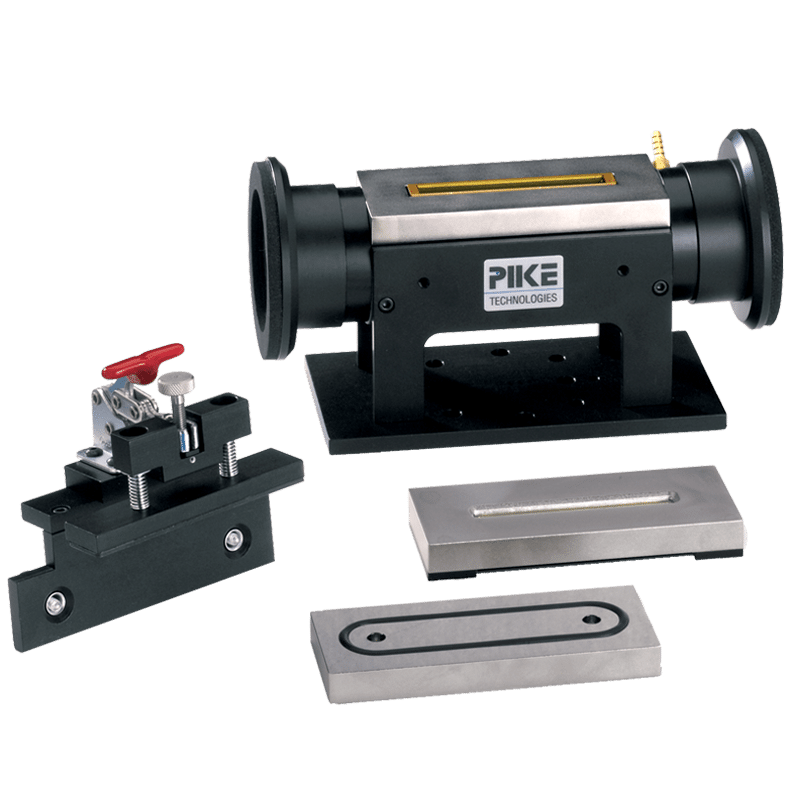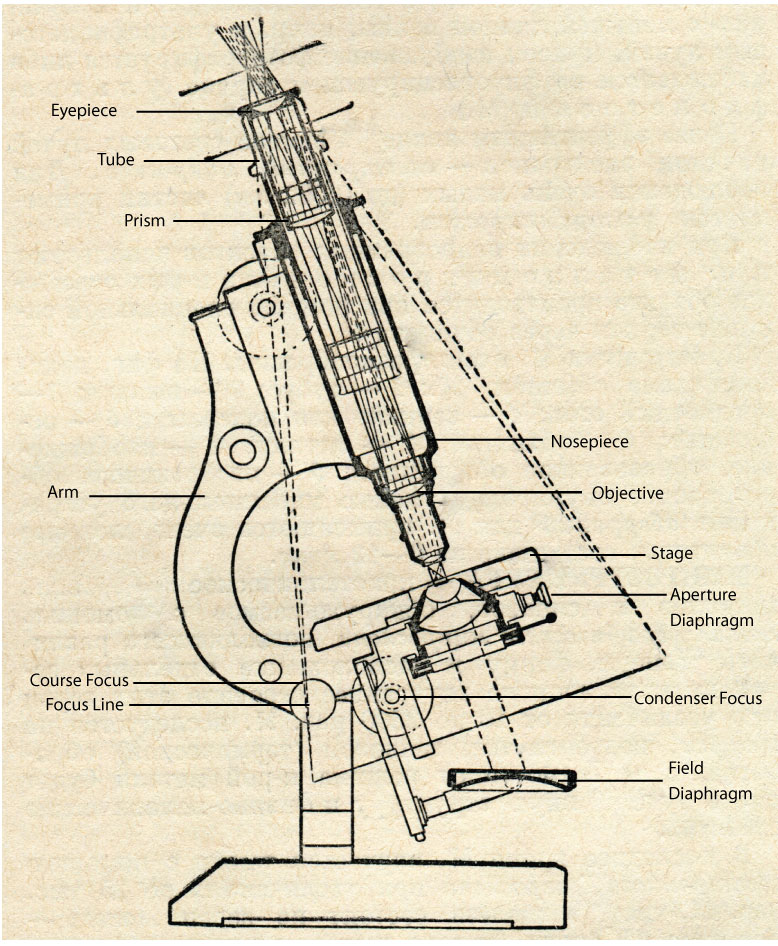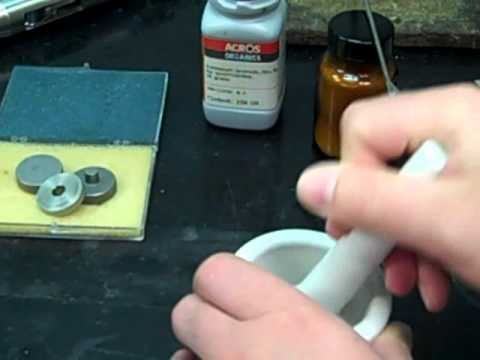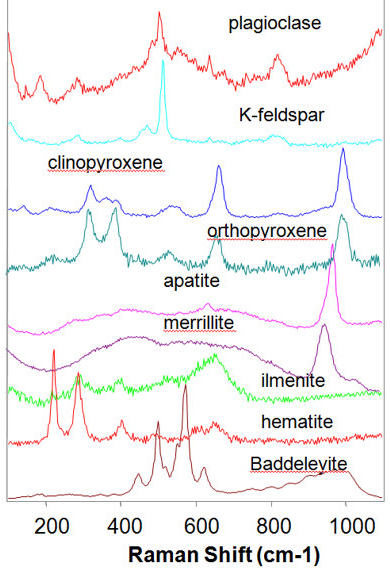Attenuated Total Reflectance (ATR)- a versatile FT-IR sampling tool


FT-IR Spectroscopy is an acknowledged tool for identification and characterization of materials on the basis of presence of functional groups present. The technique has been abundantly used for analysis of solids, liquids and gaseous samples. However, in most cases some sample treatment becomes necessary to get meaningful results.
Traditionally liquids and solids have been analyzed using the transmission mode of analysis. Liquids can be poured directly into cells with adjustable spacers and solids are homogenized with an alkali halide (KBr powder).Attenuated Total Reflectance offers an even more convenient approach for direct examination of such samples.
What is ATR?
Attenuated Total Reflectance is based on the measurement of internally reflected IR beam through multiple internal reflections from the crystal- sample interface. The beam is directed to the base plate of the crystal which is in intimate contact with the sample (liquid or solid powder). On each reflection the beam enters a few micron thickness of the sample (0.5-5.0μ) and the evanescent wave from each reflection merges back into the incident beam. The beam gets attenuated or reduced at the wavelengths where the sample absorbs IR energy. The quality of the spectrum will be good when the sample is in intimate contact with the crystal and the refractive index of the crystal material is significantly higher than the refractive index of the sample.
Benefits offered by ATR technique
Before going into the benefits of ATR it is necessary to go into the problems encountered in analysis of liquids and solids by conventional methods.
Liquids
Liquids are sampled in specially designed cells that provide a thin film for transmission studies or after preparing a mull with a mineral oil (nujol).
Apparently it appears to be simple but some practical problems are commonly encountered.
- Sealed cells have fixed liquid film thickness. In demountable cells the film thickness is not adjustable.
- Sealed cells are not easy to clean and it becomes difficult to dislodge any air bubbles sticking to the internal walls.
- The film thickness is adjustable in demountable cells but requires insertion of fixed width inert Teflon spacers.
Solids
Thin films can be supported on film holders for mounting inside the sample compartment for transmission studies. However, fine powders are intimately ground with KBr powder and made into transparent pellets using the hydraulic press for studies in transmission mode.
- KBr is hygroscopic in nature so requires careful handling in storage and mounting inside pellet holder.
- Making the KBr pellet is a skilled operation. The sample and KBr powder should be mixed in correct proportions. Proper grinding is followed by making use of the hydraulic press to transform the mixture to a transparent pellet.
- KBr pellets require careful handling as they are fragile and absorb moisture which can result in cloudiness even before scanning.
- Samples like rubbers, elastomers, fibers are not amenable to grinding with KBr and require alternate sample handling procedures.
- Possibility of chemical reaction of sample with KBr powder.
The problems encountered can be easily overcome by making use of different ATR accessories depending on the nature of sample to be analyzed. The common configurations are HATR or Horizontal ATR which is useful for analysis of common liquids, oils and greases, slurries, pastes, fine powders, thin films and rubber sheets. Diamond tipped accessories are useful for ATR studies on small size or thin samples such as fibers, polymers, biological specimens, etc.
ATR thus affords the benefit of direct analysis without the need for sample preparation. The other key benefits are
- Saving of time due to no need for sample preparation
- Range of crystal materials available with different refractive indices and hardness properties provide suitable options for analysis of different categories of samples.
- Water absorbs strongly over the mid-IR region so transmission studies are not possible on aqueous solutions but as absorption of IR into the sample is minimized in ATR it offers a viable approach for analysis of such samples.
The main drawback of ATR technique is need for careful handling of delicate accessories and thorough cleaning before next use so that remnants of samples of earlier analysis do not result in generation of unreliable results.






Responses